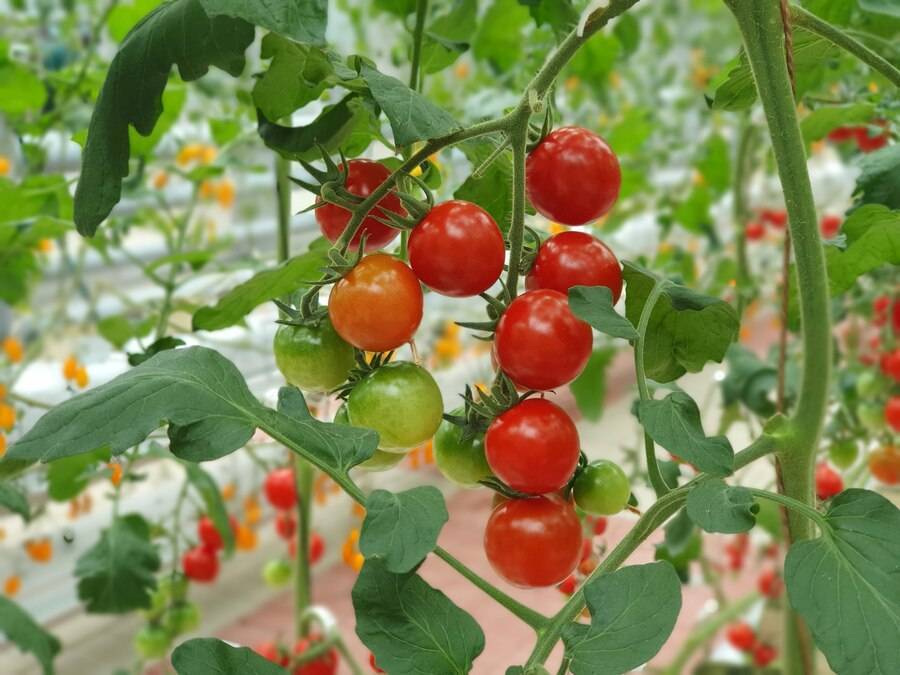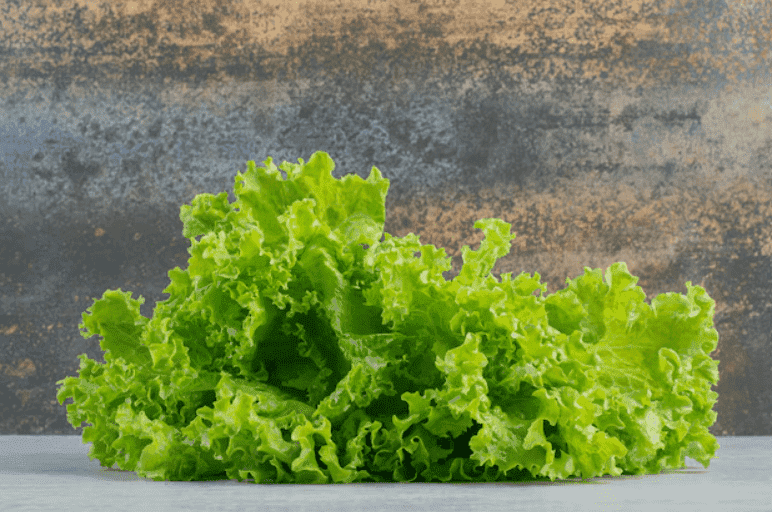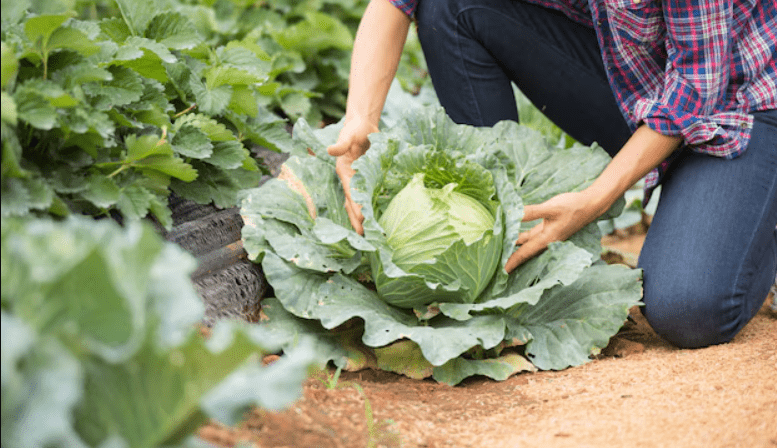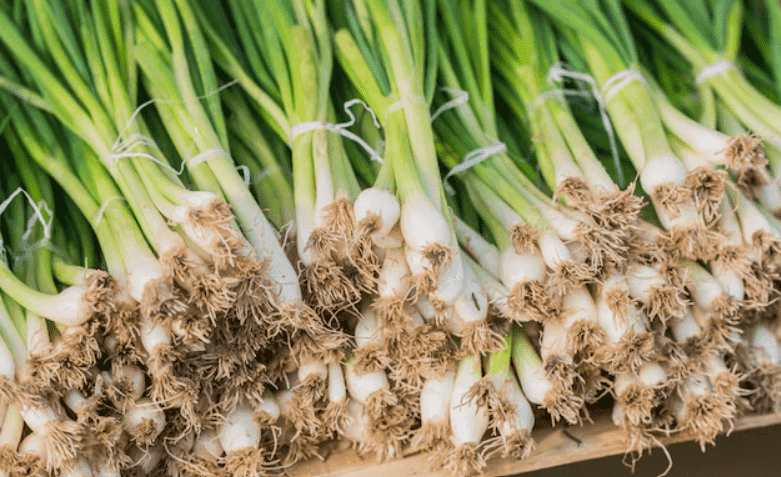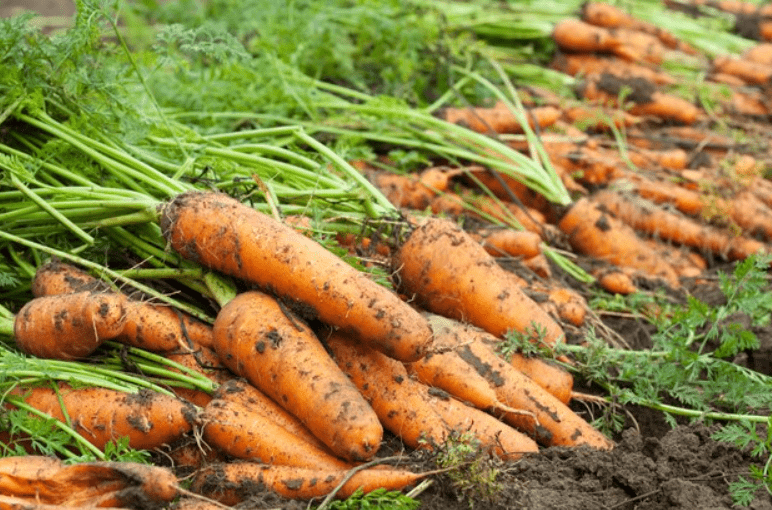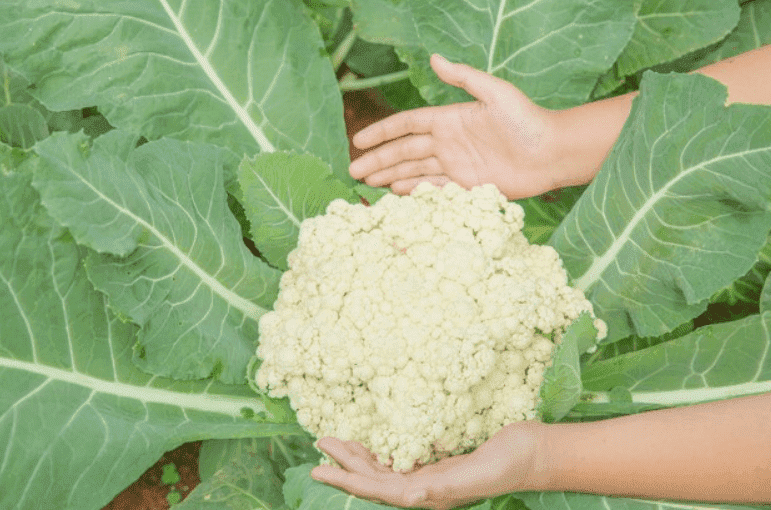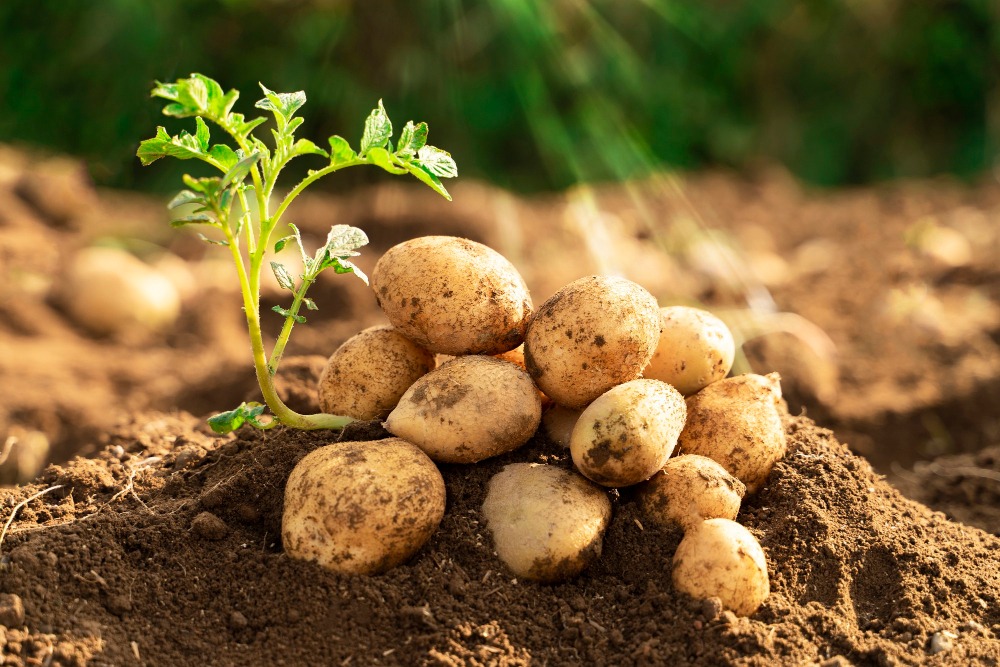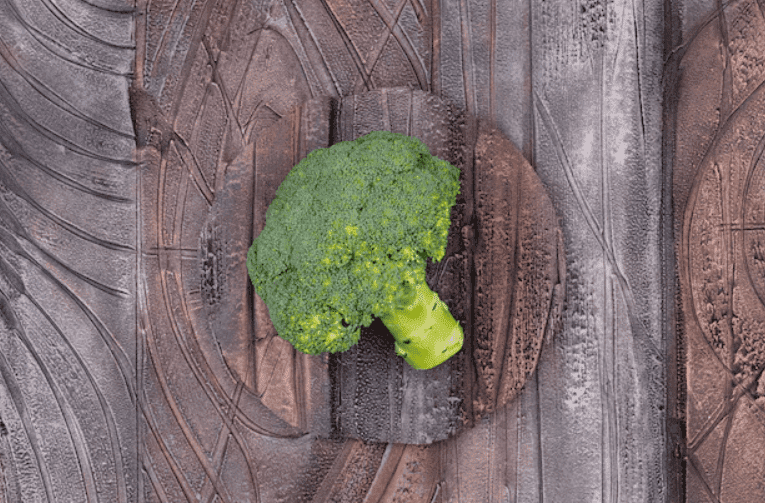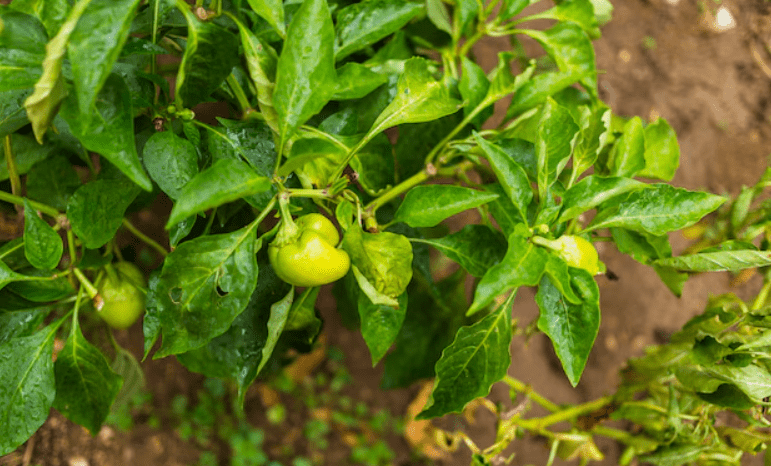Carrots offer a wealth of essential nutrients along with a splash of vibrant color. Beyond the familiar orange variety, they come in red, white, purple, and multicolored types. They are packed with vitamin A, which plays a key role in maintaining healthy eyesight. Not only are they a flavorful snack for people, but they are also a great nutritious option for pets.
Table of Contents
ToggleWhen to Plant Carrots
You can start planting carrot seeds roughly 2 to 3 weeks ahead of your area’s final spring frost. Ensure the soil has had time to dry and warm up a bit after winter.
Carrot seeds begin to sprout when the soil reaches at least 40°F, but they thrive best between 55°F and 65°F. Avoid planting when temperatures rise above 75°F, as excessive heat can slow growth, reduce quality, and lead to a bitter taste.
For a fall crop, aim to plant in mid to late summer, around 10 weeks before your expected first frost in autumn.
How to Plant Carrots
Here are the step-by-step instructions on how to plant carrot seeds:
- Losen the soil by tilling it to a depth of 10 inches. Double-digging is recommended to ensure it’s loose and free of rocks, stones, and compacted clumps.
- If the soil is not naturally light and well-aerated, amend it with compost and about 6 inches of sandy topsoil.
- Directly sow the seeds where you want them to grow. Carrots dislike having their roots disturbed, so avoid transplanting.
- Sow seeds 1/4 inch deep, spacing them 2 to 3 inches apart within rows spaced 1 foot apart.
- Distribute seeds evenly. Because carrot seeds are tiny, mixing them with fine sand can help avoid overcrowding. Sprinkle small pinches of the sand-seed mix as you go, then gently cover with soil.
- Keep the soil evenly moist with frequent, shallow watering. Avoid letting a hard crust form on the surface. Top the soil with a thin layer of sand, compost, or vermiculite to help retain moisture and allow germination.
- Check moisture levels by gently inserting a finger into the soil. It should feel moist (not soggy) up to your middle knuckle.
- Be patient. Carrot seeds typically take 14 to 21 days to sprout, so don’t worry if they take time to emerge.
- Plant radishes between carrot rows. Radishes germinate quickly, help reduce crusting, and make it easier to see where you planted carrots. By the time carrots start growing, radishes are ready to harvest.
- For a steady supply, continue sowing new carrot seeds every 4 weeks throughout the season.
Growing Carrots
- Apply a light mulch to help retain soil moisture, encourage germination, and shield the roots from direct sunlight.
- Thin seedlings once they reach about 1 inch tall and have 3 to 4 true leaves. Space them 3 to 4 inches apart by snipping the tops with scissors. Avoid pulling to prevent disturbing nearby roots.
- Water consistently and ensure carrots get about 1 inch per week through rainfall or irrigation. Avoid overwatering, which can lead to poor root development.
- Weed regularly, as carrots struggle to grow alongside weeds. Be gentle while weeding to avoid disturbing their shallow, delicate roots.
- Fertilize after 5 to 6 weeks with a low-nitrogen fertilizer. Too much nitrogen encourages leafy tops at the expense of healthy root growth.
Harvesting Carrots
Carrots are typically ready for harvest about two and a half months after planting once their diameter reaches around half an inch. After reaching maturity, they can remain in the ground for up to four more weeks, provided the soil stays cool, and pests are not an issue. When it’s time to harvest, avoid pulling the carrots out by their tops, as this can cause the foliage to tear away from the root. Instead, gently loosen the soil around each carrot using a garden fork, then lift them out carefully.
Storing Carrots
To store freshly harvested carrots, twist or cut off the tops, leaving just half an inch of greens. Wash them under cold running water to remove dirt and let them air dry completely. Then, seal the carrots in airtight plastic bags and store them in the refrigerator, preventing them from going limp within hours. If the ground remains unfrozen and pest-free, you can keep mature carrots in the soil for short-term storage. Alternatively, they can be stored in tubs filled with moist sand or dry sawdust and kept in a cool, dry place.


